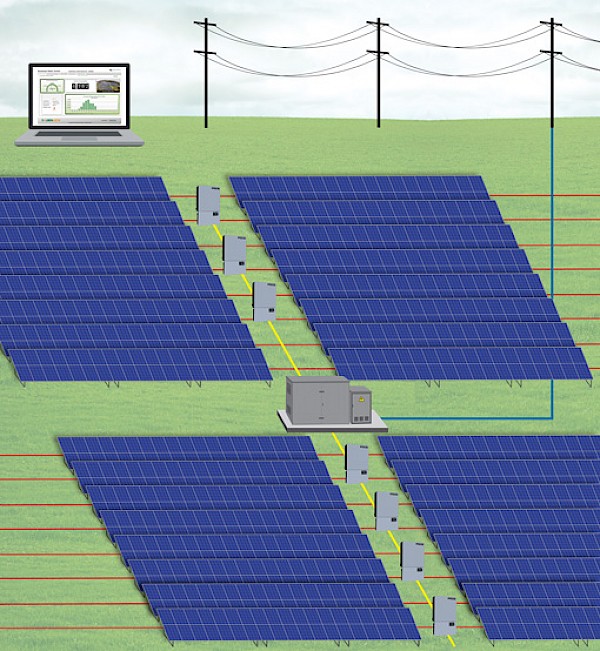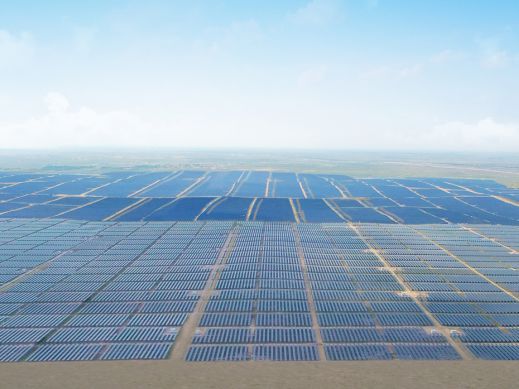
Although Tls found their start in the residential market, the advent of 20, 30 and 40+kW sizes has allowed these versatile units to replace the need for central inverters in commercial and utility scale projects.
For many years the common design conception for medium to large scale solar systems called for the use of central inverters. Depending on the size of the system an entire project could be tied into a single large inverter. Driven by advancements in power electronics manufacturing, today it is possible for the largest solar fields in the world to be comprised entirely of smaller string inverters. These advancements have resulted in aggressive pricing on a dollar-per-watt basis as well as DC/AC conversion efficiencies approaching 100%.
String inverters can also offer developers increased design flexibility, energy yield, decreased downtime and easier installation. String Tls allow large systems to be cut into smaller subarrays, each tied to their own inverter. Furthermore, each inverter has 2-3 maximum power tracking inputs. Together this results in optimized production on a string and sub array level. By comparison central inverters are forced to operate at a level equal to the voltage produced by the lowest voltage input. String Tls will dramatically increase energy harvest in the presence of shading and module soiling.
The use of string inverters on the sub array level also minimizes the amount of downtime and lost revenue a system will experience due to equipment failure. When a central inverter stops operating the entire array is lost. Not easily replaced, central units often require a technician to visit the site and make necessary repairs. A malfunctioning string inverter can easily be replaced with a backup unit held onsite or nearby. The dramatically smaller size of a string Tl compared to a central inverter makes installations and maintenance far easier without the need for large cranes or other heavy lifting equipment.

Greentech Renewables carries a range of string inverters including but not limited to Solectria, SMA, Huawei, SolarEdge and Fronius designed to fit the needs of every project. Recent reports indicate Huawei and SMA led the pack in 2015 in terms of units shipped and revenue generated. Special attention should be paid to Huawei as they quickly become one of the industry leaders. Coming from the world of telecommunications, Huawei seeks to leverage their manufacturing prowess to eliminate common failure points in the world of string Tls.
Ultimately each project must be uniquely reviewed to determine the best inverter fit. One thing is clear though, larger megawatt and up projects are now turning towards strings Tls for the reasons mentioned above. To this end Solectria now offers a complete Decentralized MW Solution making use of their larger string inverters, a transformer and all the associated switch and panel boards. We expect other manufacturers to follow Solectria's lead in offering complete decentralized string inverter solutions. Stay tuned!



